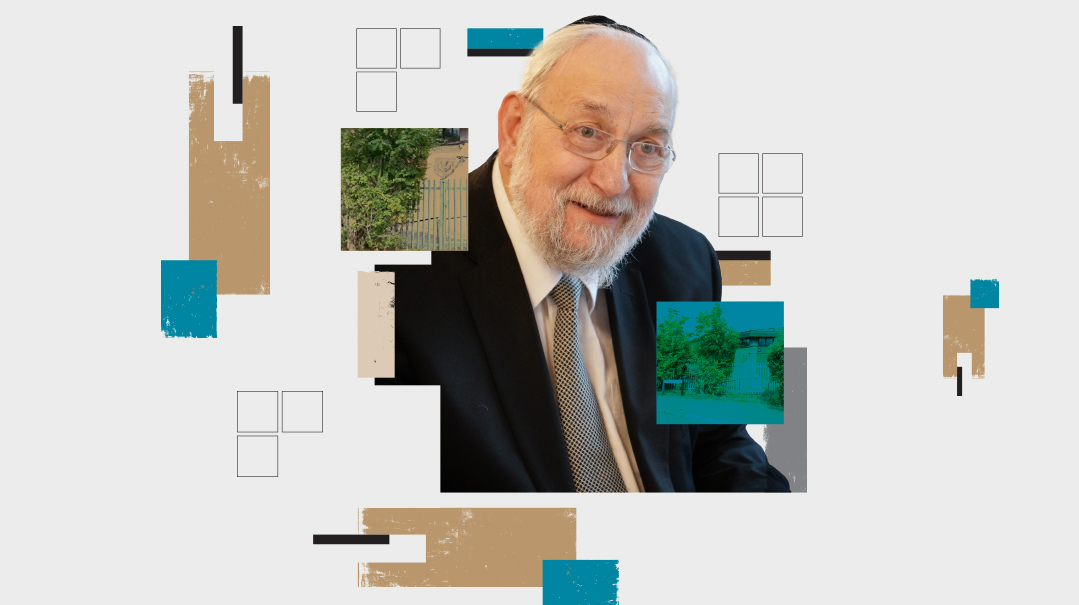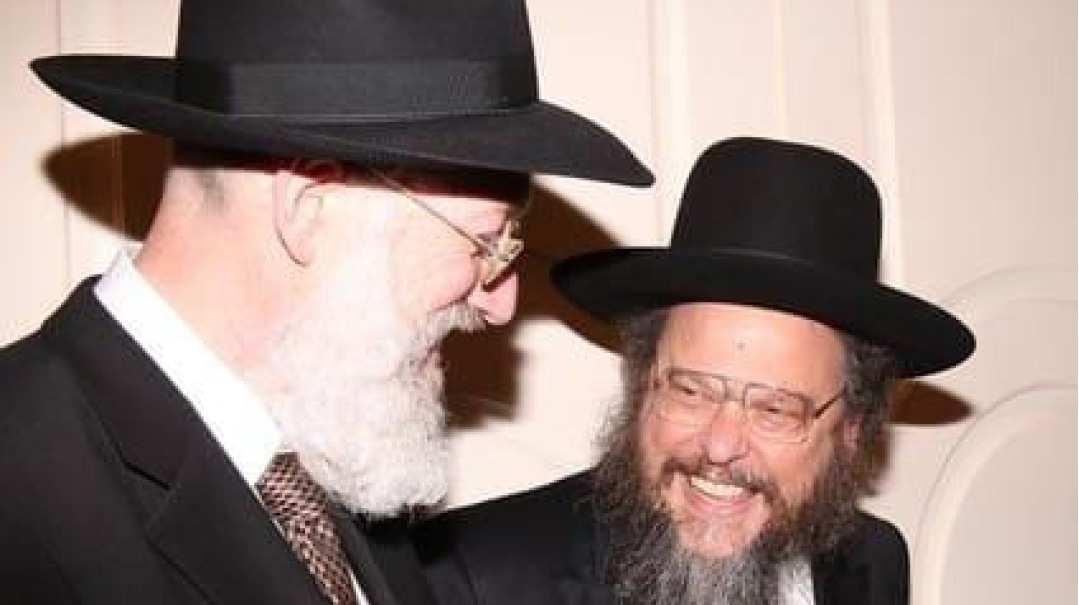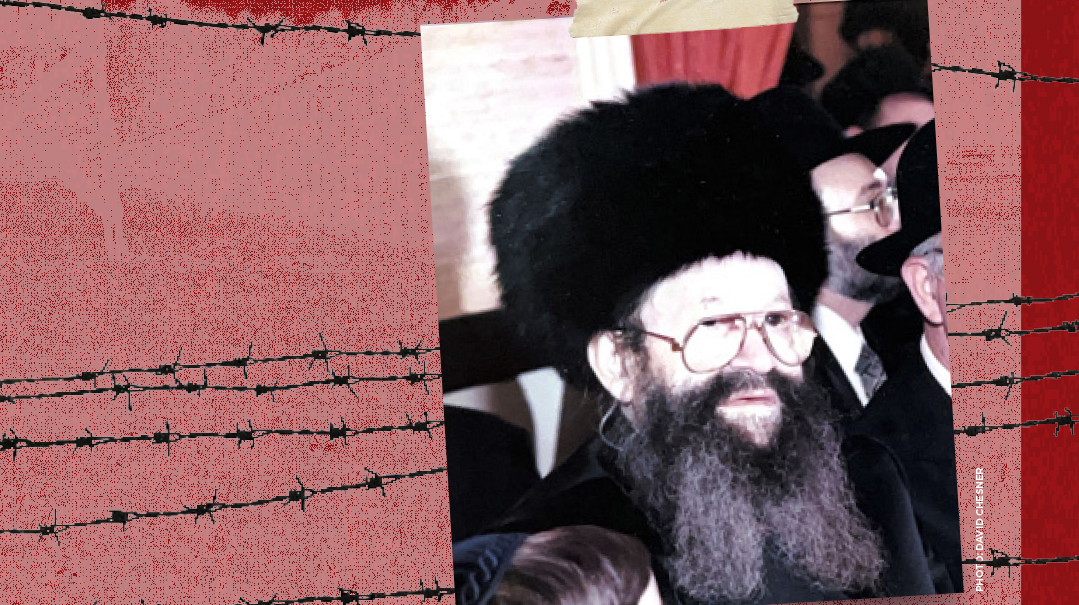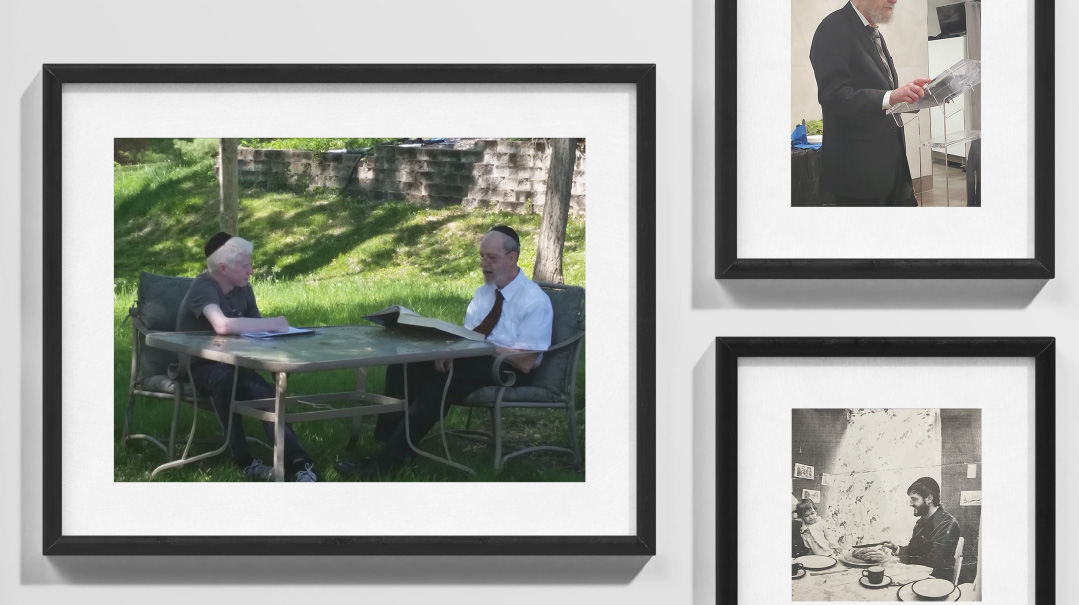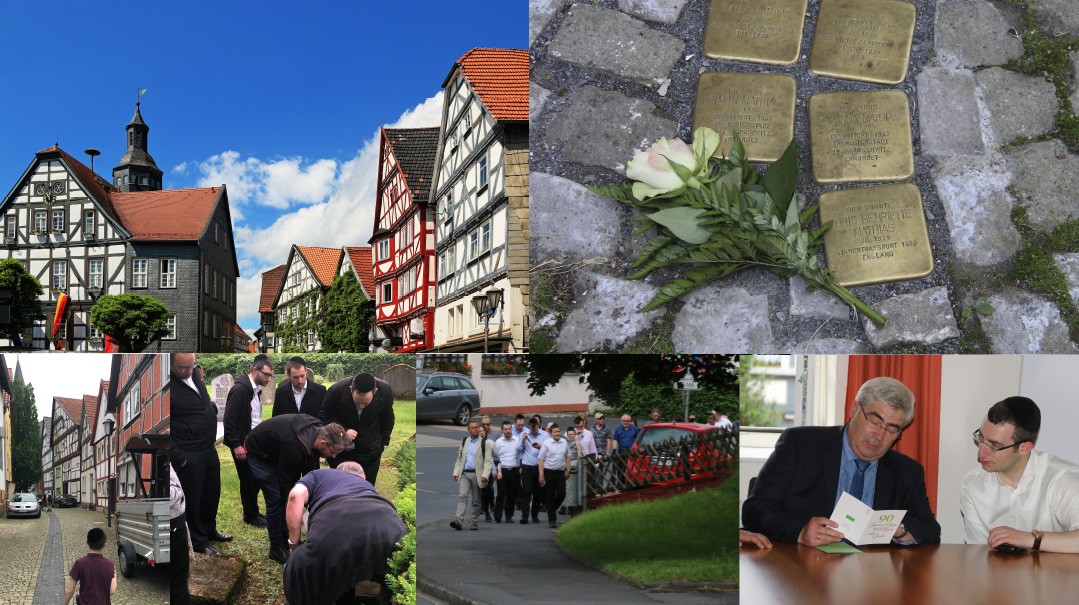Shattered Illusions

On the Zoom screen, I could see my mother start to cry. “You were being destroyed, Gershon,” she said softly. “I had to get you out of the situation. I know it hurt you, and I’m sorry.”

One Friday afternoon, I called my mother to wish her a good Shabbos.
“Hi, Gershon!” she greeted me, in her usual cheerful tone. “How’s everything?”
Suddenly, I felt a powerful, inexplicable desire to see her. Since she lived far away, visiting her before Shabbos was not an option, so I asked her if we could switch to Zoom.
I’m a grown man, 36 years old, with a family of my own. But as soon as my mother’s face came up on the screen, I burst out crying.
“Do you remember that moment that you left me?” I said. “I live with it every day of my life.”
I was nine years old when my mother told me she was taking me to a different city for a vacation. I boarded the plane with her, wondering where we would stay and what sights we would see.
As we sped from the airport in a taxi, I gripped my brand-new Mickey Mouse suitcase tightly. My mother was uncharacteristically quiet, and I felt a queasiness that was unlike any motion sickness I had ever experienced before. Why had my mother insisted on packing me so much clothing, for what was supposed to be a three-day trip?
We stepped out of the cab in front of a large, ugly townhouse covered with an angry mass of ivy.
“You’re going to be staying here,” she said softly, a tremor in her voice.
I stared at her in disbelief, then grabbed on to her arm.
A woman stepped out of the neighboring townhouse, took a look at us, and said, “Is everything okay?”
My mother pointed to the house we were standing in front of and said, “Can you call Mrs. Schwartz?”
Moments later, the neighbor and Mrs. Schwartz emerged from the house, pulled me off my mother’s sleeve, and dragged me into the house, kicking and screaming. The neighbor slipped out, and Mrs. Schwartz locked all the windows and doors, leaving me to roam the house, desperately seeking a way out. By the time they unlocked the doors, my mother was far, far away.
For the next three years I lived with this family of strangers as a paying boarder, attending an unfamiliar school, and in general feeling completely hefker.
Today, as an adult, I understand why my mother had to do what she did. My father was unstable, and I was experiencing severe bullying in school, so she feared for my safety. But at the time, I could not understand why she was doing this to me. We had always been soulmates, and she understood my sensitive nature like no one else.
When I was 12, my mother finally got divorced, and then I was able to rejoin her and my siblings. Wanting to bury the past, I threw myself into my Torah learning in yeshivah, thinking that the more intensely I learned, the happier I would be.
But I never did feel happy. There was always this gnawing pain inside me, which I was vaguely aware of but couldn’t understand or acknowledge. I didn’t know it wasn’t normal to feel this way, so I just kept pushing myself to learn more.
Oops! We could not locate your form.

